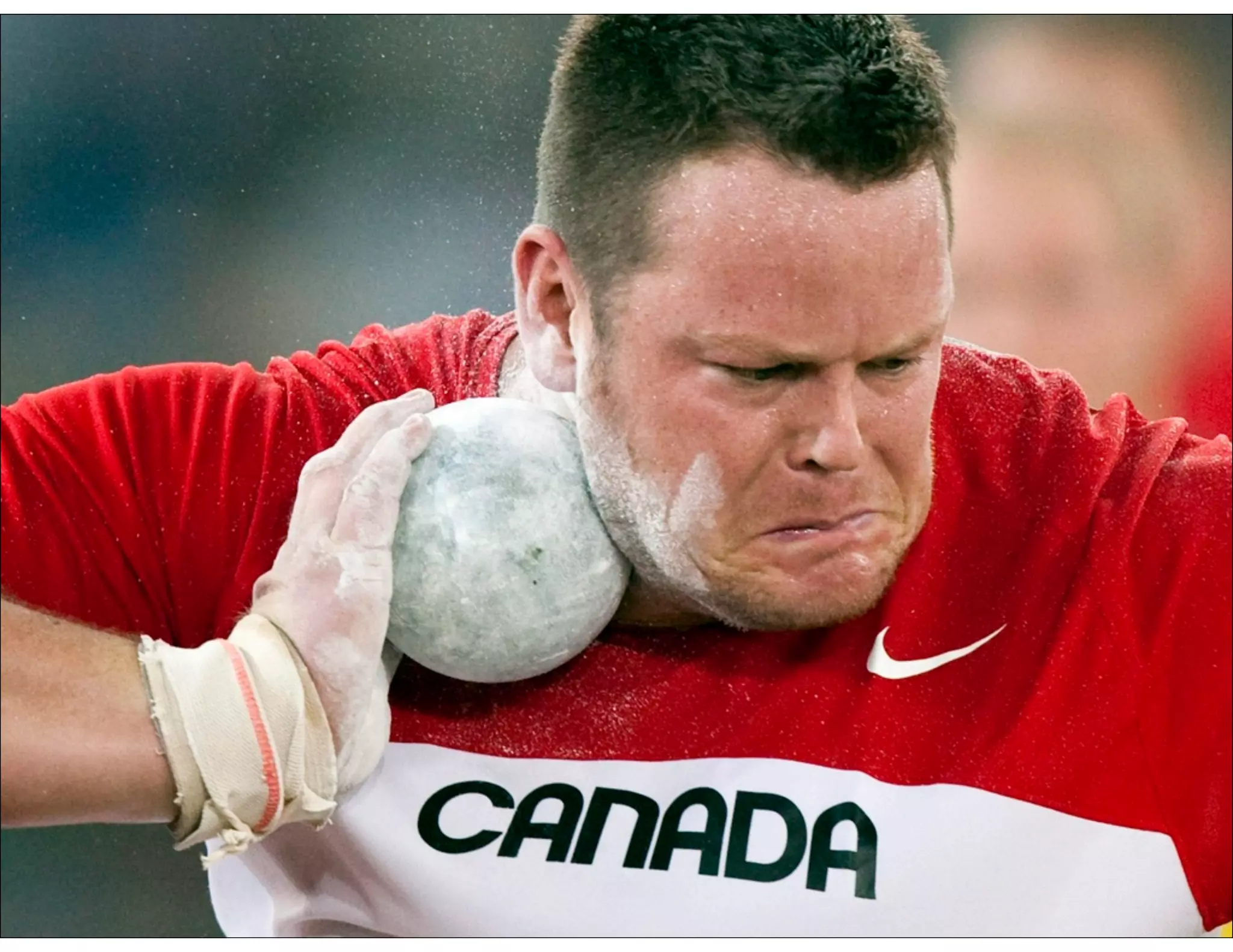The document outlines strategies and principles for developing biomotor abilities in speed-power athletes, emphasizing the importance of strength training, power development, and neuromuscular coordination. Key concepts such as acceleration characteristics and vertical force production are discussed, alongside specific training methods, including Olympic lifts and sled pushes. Additionally, it highlights the need for careful planning and organization of training elements to ensure they complement each other for optimal athletic performance.




























































































































